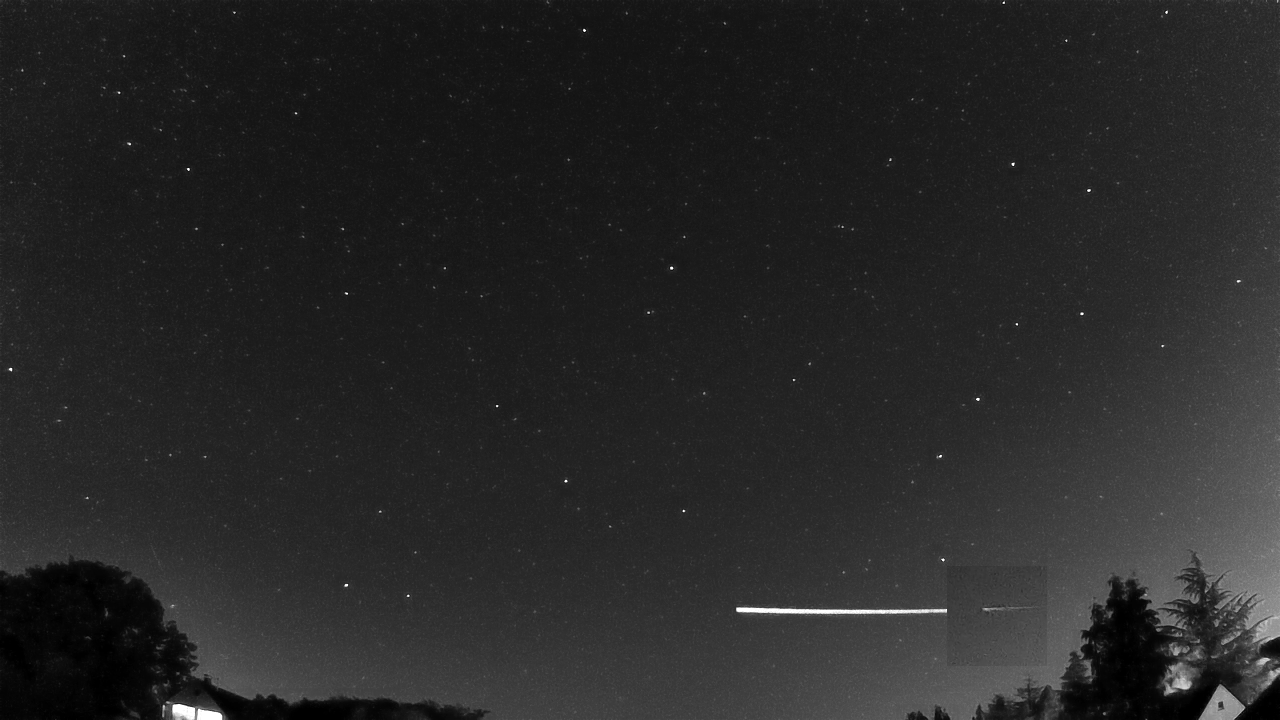Sometimes, it’s hard to remember that Earth is constantly being bombarded by literally tons of space debris daily. The larger bits form what we know as shooting stars, and most burn up in the atmosphere. Still, throughout our planet’s history, giant versions have caused devastation unlike anything else seen on this planet. Tracking these types of objects is typically done from the Earth, but a new mission set out by researchers in Italy has a novel idea – why not try to learn more about potential impactors by watching them hit the far side of the Moon?
Continue reading “A New Mission Watches Meteoroids Hit the Far Side of the Moon”Explaining Different Kinds of Meteor Showers. It’s the Way the Comet Crumbles
The Universe often puts on a good show for us down here on Earth but one of the best spectacles must be a meteor shower. We see them when particles, usually the remains of comets, fall through our atmosphere and cause the atmosphere to glow. We see them as a fast moving streak of light but a new paper has suggested that the meteor showers we see can explain the sizes of the particles that originally formed the comet from where they came.
Continue reading “Explaining Different Kinds of Meteor Showers. It’s the Way the Comet Crumbles”Can Meteor Showers Be Dangerous to Spacecraft?
We’ve all read the advice, during a meteor shower there is no equipment needed. All you need to do is lay back and wonder at one of the most spectacular sights the universe has to offer. That’s about it though and while you lay back on a lounger and watch it really can be a wonderfully grounding and relaxing experience. Unless you happen to be on National TV and miss a meteor behind your head and just tell the world there’s nothing to see. Not that I’m bitter about that of course!
Continue reading “Can Meteor Showers Be Dangerous to Spacecraft?”Venus is the Perfect Place to Count Meteors
Watching meteoroids enter the Earth’s atmosphere and streak across the sky as the visual spectacle known as meteors, it is one of the most awe-inspiring spectacles on Earth, often exhibiting multiple colors as they blaze through the atmosphere, which often reveals their mineral compositions. But what if we could detect and observe meteors streaking through the atmospheres of other planets that possess atmospheres, like Venus, and use this to better determine meteoroid compositions and sizes?
This is what a recently accepted study to Icarus hopes to address as a pair of international researchers investigate how a future Venus orbiter could be used to study meteors streaking through the planet’s thick atmosphere. This study holds the potential to help scientists better understand meteoroids throughout the solar system.
Continue reading “Venus is the Perfect Place to Count Meteors”Another Meteoroid Discovered Right Before it Hits the Atmosphere
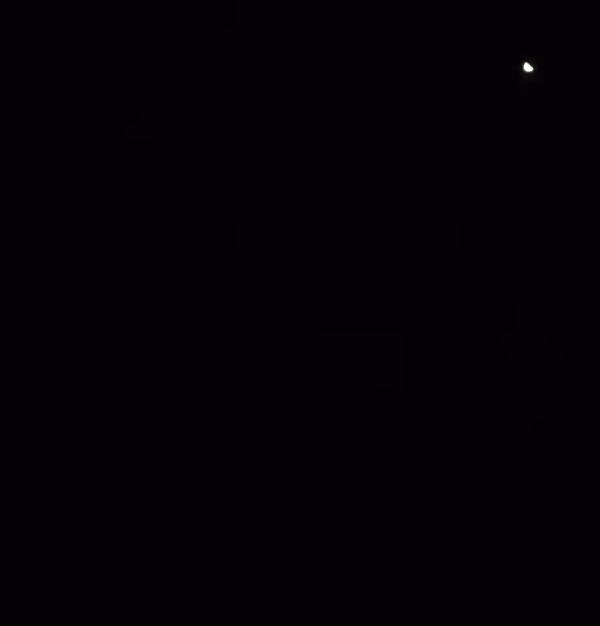
A meteoroid lit up the sky above the English Channel early Monday morning February as it streaked through the atmosphere, and because it had been detected just a few hours beforehand – with expert precision on where it could be seen — skywatchers were able to capture the event.
Astronomer Krisztián Sárneczky found the 1-meter (3 ft) asteroid just half a day before it came through Earth’s atmosphere. Sárneczky used 60-cm Schmidt telescope at the Piszkéstet? Observatory in Hungary, and originally named it Sar2667. After multiple observations, the object was re-designated as 2023 CX1 and was predicted with 100% certainty to hit Earth in the skies above the English Channel. Astronomers continued to track the object, then it blazed through the atmosphere over Europe right on schedule.
Continue reading “Another Meteoroid Discovered Right Before it Hits the Atmosphere”The Oort Cloud Could Have More Rock Than Previously Believed
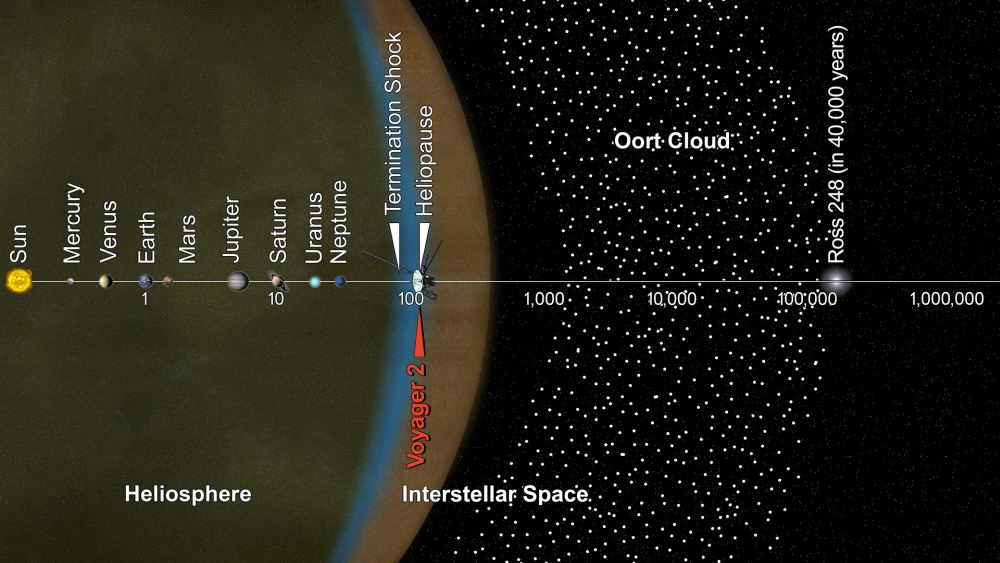
The Oort Cloud is a collection of icy objects in the furthest reaches of the Solar System. It contains the most distant objects in the Solar System, and instead of orbiting on a plane like the planets or forming a ring like the Kuiper Belt, it’s a vast spherical cloud centred on the Sun. It’s where comets originate, and beyond it is interstellar space.
At least that’s what scientists think; nobody’s ever seen it.
Continue reading “The Oort Cloud Could Have More Rock Than Previously Believed”What Does Micrometeoroid Damage do to Gossamer Structures Like Webb’s Sunshield?

Tiny little bullets flood the solar system, each micrometeoroid a potential hazard. New research has found that the James Webb Space Telescope’s thin sunshields, and future inflatable spacecraft, may be at risk.
Continue reading “What Does Micrometeoroid Damage do to Gossamer Structures Like Webb’s Sunshield?”MESSENGER Saw a Meteoroid Strike Mercury
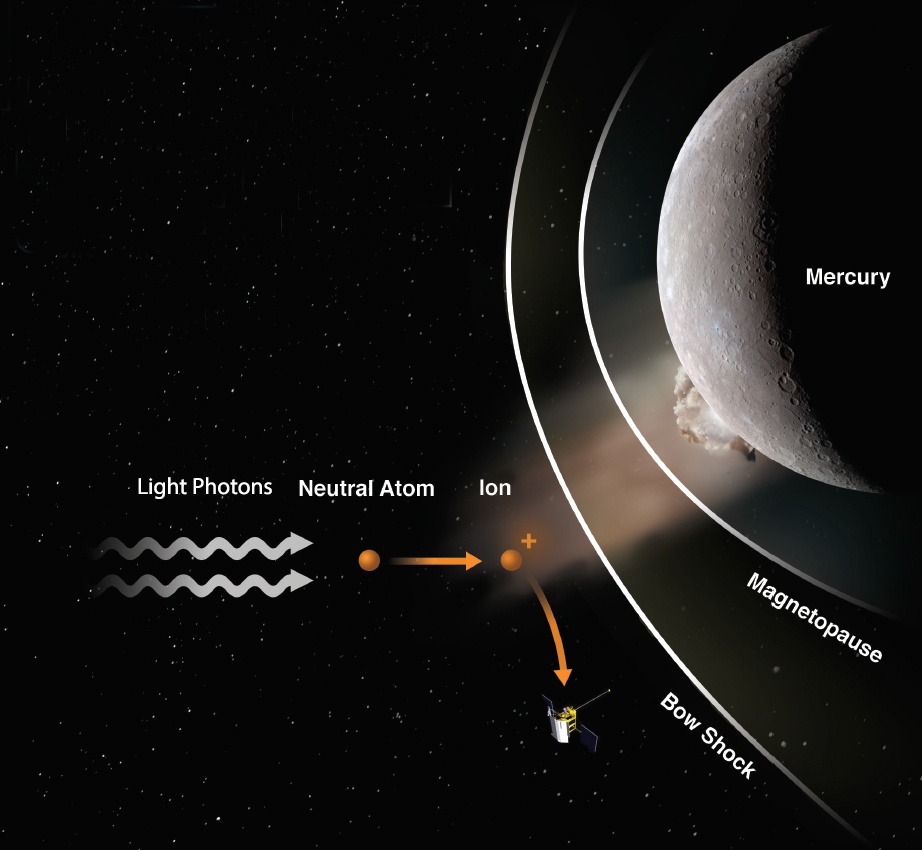
Telescopes have captured meteoroids hitting the Moon and several spacecraft imaged Comet Shoemaker–Levy 9 smacking into Jupiter in 1994. But impacts as they happen on another rocky world have never been observed.
However, the MESSENGER (MErcury Surface, Space ENvironment, GEochemistry and Ranging) mission may have seen an impact take place back in 2013. In looking at archival data from the mission, scientists found evidence of a meteoroid impact on Mercury. While this data isn’t a ‘no-doubt’ photo of the event, it does tell scientists more about impacts and how they affect Mercury’s wispy-thin atmosphere.
Continue reading “MESSENGER Saw a Meteoroid Strike Mercury”Video Shows a Meteoroid Skipping off Earth’s Atmosphere
Here’s something we don’t see very often: an Earth-grazing meteoroid.
On September 22, 2020, a small space rock skipped through Earth’s atmosphere and bounced back into space. The meteoroid was spotted by the by a camera from the Global Meteor Network, seen in the skies above Northern Germany and the Netherlands. It came in as low as 91 km (56 miles) in altitude – far below any orbiting satellites – before it skipping back into space.
Continue reading “Video Shows a Meteoroid Skipping off Earth’s Atmosphere”Bennu is Constantly Getting Sandblasted by Tiny Meteoroids
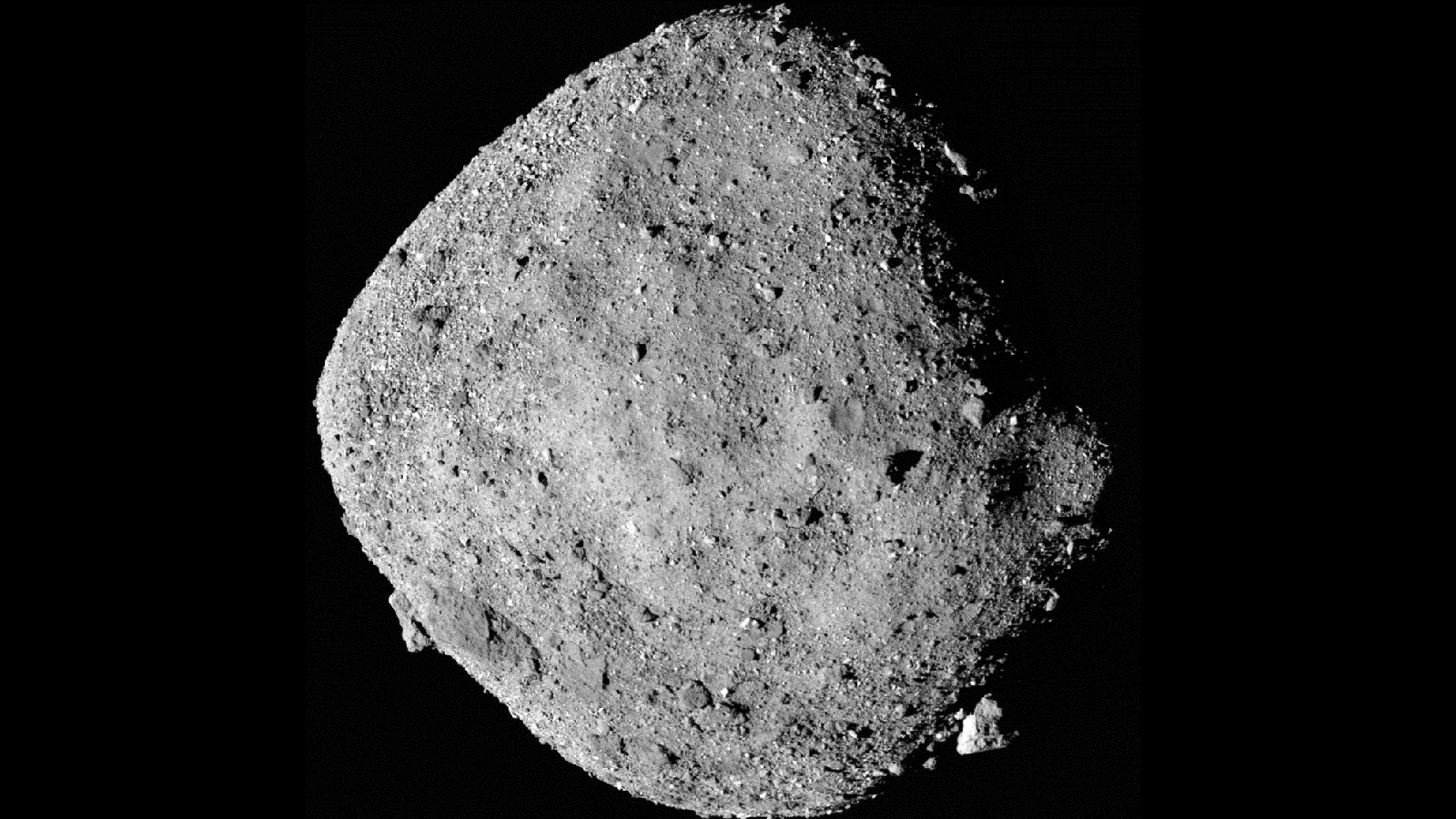
As soon as the OSIRIS-REx spacecraft arrived at asteroid Bennu in December 2018, there was a big surprise. Scientists expected Bennu’s surface would consist of fine-grained material like a sandy beach. But take a look at that surface: Bennu is a jumbled mess.
Here’s a closer view:
Continue reading “Bennu is Constantly Getting Sandblasted by Tiny Meteoroids”




